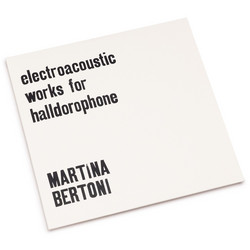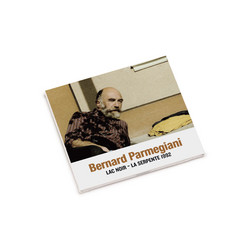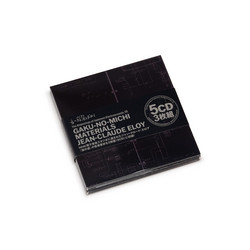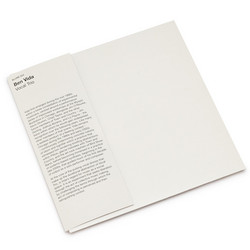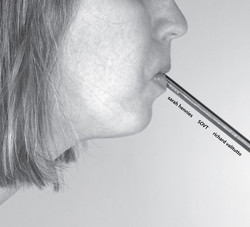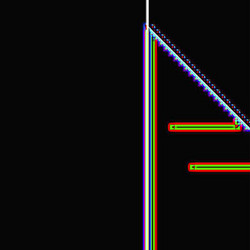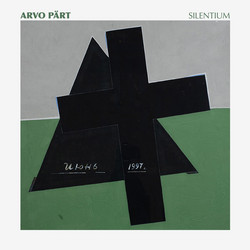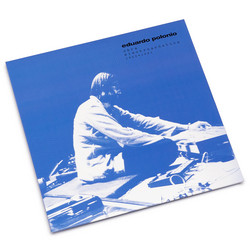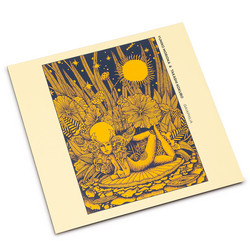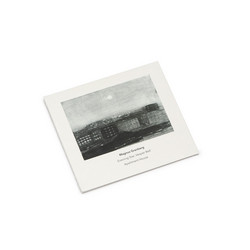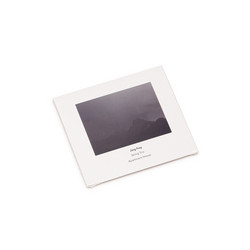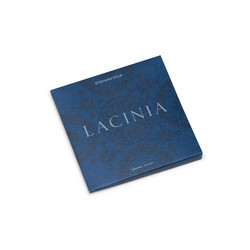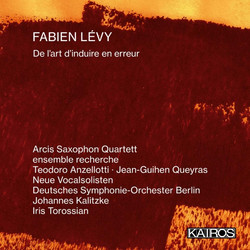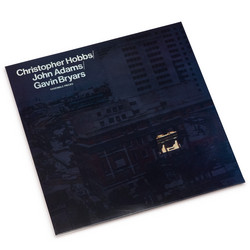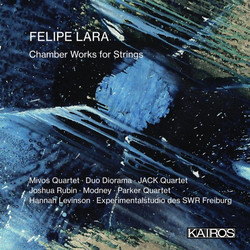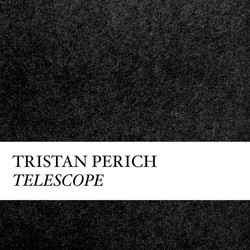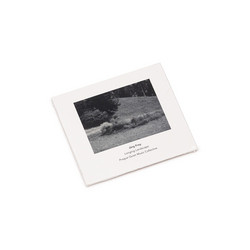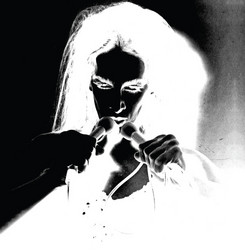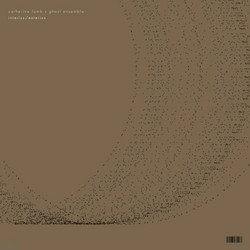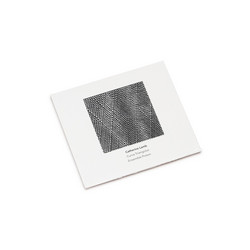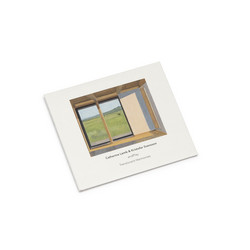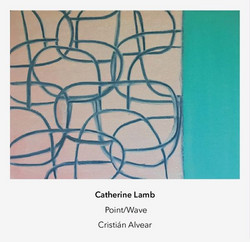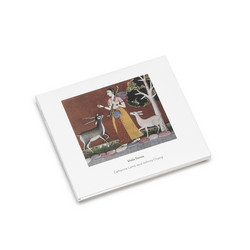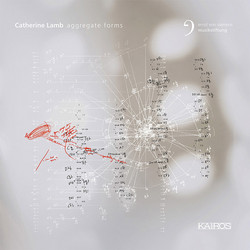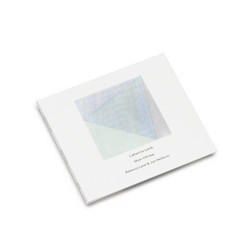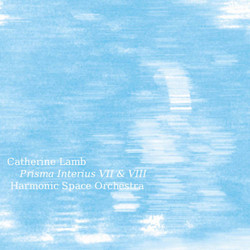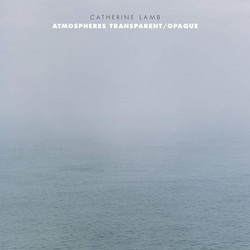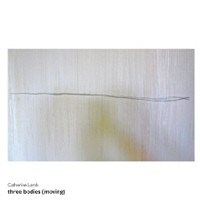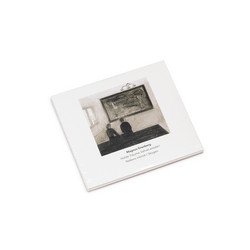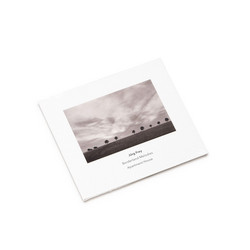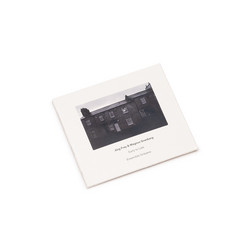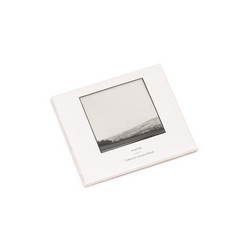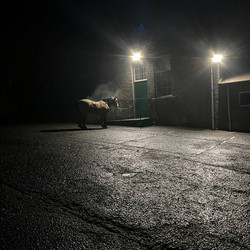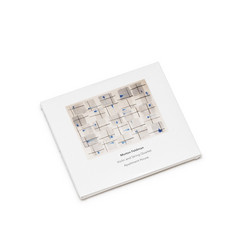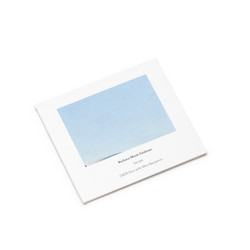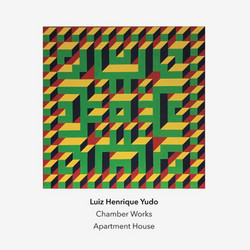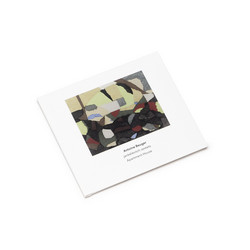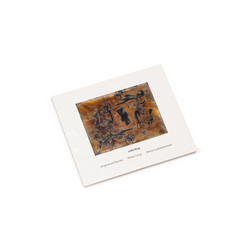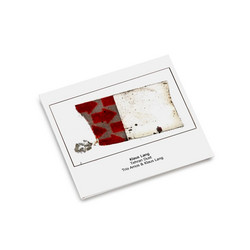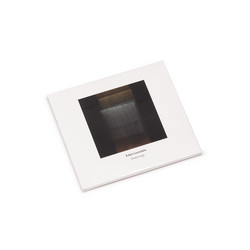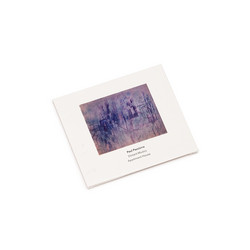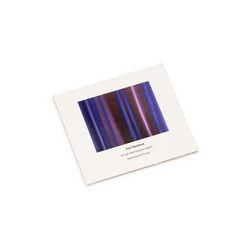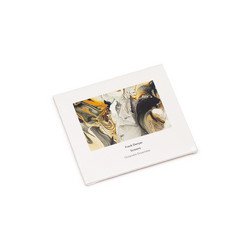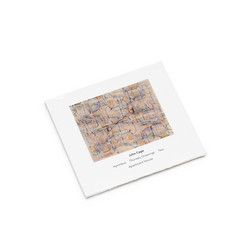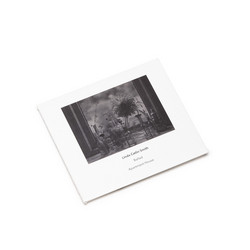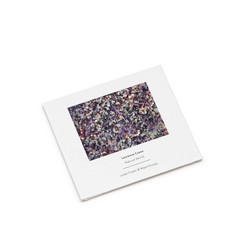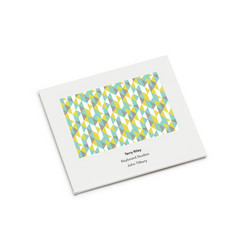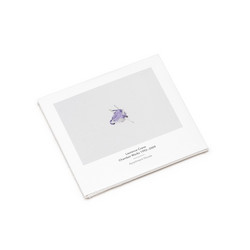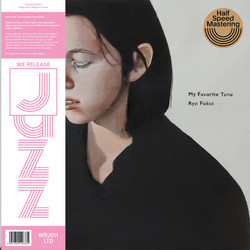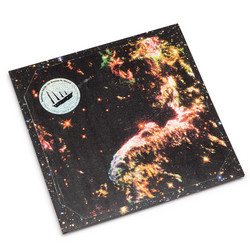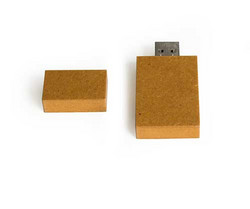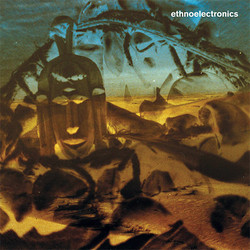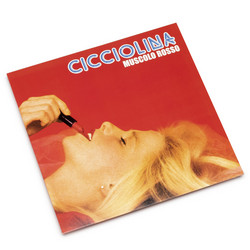"There are many things that for me make Catherine Lamb's music special. I guess first of all, it's music I turn to if I want a certain feeling/mood or experience, of time, and of sound. I've been lucky to hear a few of her recent pieces live, like the Jack Quartet playing her 'divisio spiralis' at Wigmore Hall, and of course the concerts of Explore Ensemble where we've played 'parallaxis forma' with vocalist Lotte Betts-Dean, when I also played electric guitar. For me it's this balance between a kind of sensual or sonic richness and depth that comes from her radiant harmonic language, along with the slowness of time in her works.
As a listener I feel like she's very generous and gives you space to move your focus, like viewing a painting: you can get up close and get lost in the brushwork, but also go further back, sit down, and drink in the more ambient sensation of the work. People sometimes call it drone music, but for me that misses the entire point of her music, as I understand it. It's not about passively listening to some nice background music, but actually the opposite, about actively listening, and as a listener, being present and attending to sound in its smallest shifts in tone, colour, texture etc. If you listen closely, the long-form pieces in particular are incredible in where they take you. In some ways even, challenging.
With the vocal pieces in particular, I find the voice itself brings a whole new dimension of life to the music. Cat doesn't use words or texts but rather phonemes; she treats the voice like another instrument where the shifting timbres become expressive substances. In all three works on this album the singers shift between different vowel sounds, and these emphasise different clusters of overtones or formants in the timbre of the voice. It's an incredible approach to blending the voices with instruments, especially the strings. With the bowed strings, she asks the players to shift the bow between different positions on the string to get either a clear tone, or a noisier 'spectral' sound closer to the bridge, which brings out more of the upper overtones in the timbre, and mixes beautifully with the vocal formants.
What I also like about the voice in her works is that they bring an inherently human quality to the music, whereas sometimes with other instrumental works, not only her own, but all instrumental music that explores deep time with abstract material, there is a risk of alienation, or an impenetrable surface that’s hard to dig into. The voice injects the music with a delicate human presence that for me also heightens the emotional resonance of the works; abstract yet corporeal." - Nicholas Moroz
